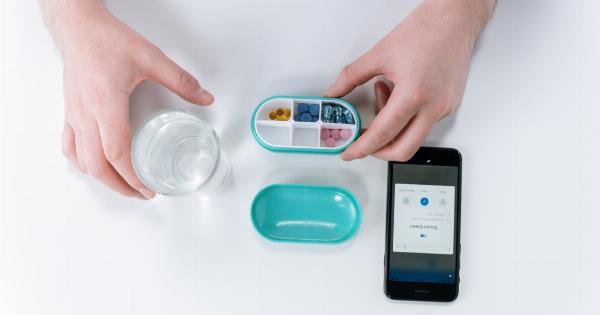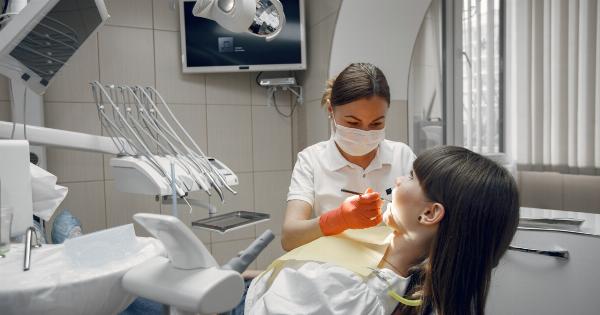Preeclampsia is a potentially serious condition that affects pregnant women, characterized by high blood pressure and damage to organs, such as the liver and kidneys.
While preeclampsia is known for its immediate health risks during pregnancy, recent studies have also found a link between this condition and an increased risk of stroke in women. Understanding the connection between preeclampsia and stroke is crucial for effective healthcare and preventive measures. In this article, we will delve into the details of preeclampsia and the heightened risk of stroke among affected women.
Understanding Preeclampsia
Preeclampsia typically occurs after the 20th week of pregnancy and affects around 5-8% of pregnancies globally. The condition is marked by high blood pressure, usually accompanied by damage to organs such as the liver and kidneys.
Other symptoms may include proteinuria (presence of excess protein in urine), swelling, sudden weight gain, headaches, and changes in vision.
The exact cause of preeclampsia is still unknown, although several risk factors have been identified.
These include being a first-time mother, history of preeclampsia in a previous pregnancy, obesity, maternal age over 35, multiple pregnancies (e.g., twins or triplets), and certain underlying medical conditions like hypertension or diabetes.
The Link Between Preeclampsia and Stroke
Studies have shown that women who have experienced preeclampsia during pregnancy are at an increased risk of stroke later in life.
According to a research study published in the journal Stroke, women with a history of preeclampsia were found to be more than twice as likely to have a stroke compared to those who did not have the condition during pregnancy.
This increased risk of stroke persists even several years after the pregnancy, emphasizing the long-term effects of preeclampsia on women’s health.
While the mechanisms behind this association are not completely understood, researchers believe that preeclampsia may contribute to the development of cardiovascular risk factors that can lead to stroke.
Possible Mechanisms and Contributing Factors
Several mechanisms and contributing factors have been proposed to explain the link between preeclampsia and stroke. These include:.
1. Endothelial Dysfunction:
Preeclampsia is characterized by endothelial dysfunction, which refers to impaired functioning of the cells lining the blood vessels. This dysfunction can persist even after pregnancy, predisposing women to cardiovascular diseases and stroke.
2. Hypertension:
High blood pressure is a key feature of preeclampsia and is believed to contribute to the increased risk of stroke. Hypertension damages blood vessels over time, making them more susceptible to rupture or blockage, leading to stroke.
3. Inflammation and Immune Response:
Preeclampsia involves an abnormal inflammatory and immune response in the body. These processes can trigger a cascade of events that lead to damage in blood vessels and increased risk of stroke.
4. Vascular Dysfunction:
Preeclampsia can lead to long-lasting vascular dysfunction, including impaired regulation of blood flow. This dysfunction can persist after pregnancy and contribute to the development of cardiovascular risk factors that can lead to stroke.
Preventive Measures and Managing the Risk
While the increased risk of stroke associated with a history of preeclampsia is concerning, there are several preventive measures that can be taken to manage this risk. These include:.
1. Regular Blood Pressure Monitoring:
Women with a history of preeclampsia should have their blood pressure regularly monitored to detect and manage high blood pressure effectively.
2. Healthy Lifestyle Modifications:
Adopting a healthy lifestyle can greatly reduce the risk of stroke. Engaging in regular physical activity, maintaining a balanced diet, quitting smoking, and limiting alcohol consumption are all beneficial for overall cardiovascular health.
3. Medication and Treatment:
In some cases, healthcare providers may recommend medication to manage high blood pressure or other related conditions. It is crucial to follow the prescribed treatment plan and attend regular check-ups.
4. Awareness and Education:
Education and awareness about the potential long-term risks of preeclampsia are crucial for both healthcare providers and affected women.
By understanding the connection between preeclampsia and stroke, individuals can take proactive steps to manage their health and reduce their risk.
Conclusion
Preeclampsia, a condition characterized by high blood pressure during pregnancy, has been linked to an increased risk of stroke in women.
While the exact reasons for this association are not fully understood, factors like endothelial dysfunction, hypertension, inflammation, and immune response are believed to play important roles. It is crucial for healthcare providers to be aware of this connection and for women with a history of preeclampsia to take proactive measures to manage their risk.
By closely monitoring blood pressure, adopting a healthy lifestyle, following prescribed treatments, and raising awareness, the risks associated with preeclampsia can be mitigated and women can reduce their chances of developing stroke in the long run.





























